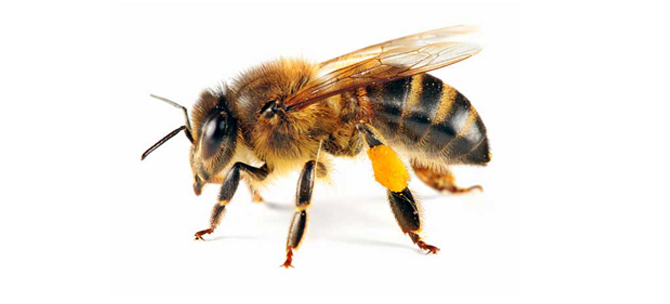
Bumble Bees
- Bumble bees are normally seen in late spring and continue their activities through the summer months.
- These are big hairy bees and they normally live in a colony of 50-300.
- Bumble bees usually make their nests in protected places such as under rockeries, patios, garden decking and under sheds.
- Bumble bees do not produce honey like honey bees do.
- Bumble bees vary in size and are normally stronger than other bees.
- Bumble bees do not swarm.
Solitary Bees
- Solitary bees (also in the same family Mining bees, Masonry bees and Leaf cutter bees)
- The solitary bee is one of the first insects to be seen in the spring months.
- These bees do not usually have a colony, however, they can normally be found in numbers together either in a garden or burrowing into soft masonry on walls.
- Solitary bees are excellent pollinators.
The bees make a hole and then lay their eggs. The eggs are then surrounded with nectar and pollen for the larvae to feed on when they emerge. The hole is then filled with earth and left to hatch. The eggs hatch and the young bees remain hidden in the nest for the summer months. They then pupate through the winter and emerge in the spring as adult bees.
Honey Bees
- A colony of honey bees contains one fertile female, the queen.
- The queen controls the number of drone bees (fertile males) and worker bees (sterile females) that are created in the nest.
- At the height of the season the nest can contain as many as a few thousand drones and tens of thousands workers.
- When a colony of honey bees becomes large a new queen is raised by the worker bees.
- This queen emerges and takes part of the colony with her to create a new nest.
- After the bees have swarmed some of the bees fly off on their own to look for a suitable new nesting place, the remaining worker bees form a protective barrier around the new queen.
- The swarms can often be seen hanging from tree branches and fences. These resting swarms should not be disturbed and if seen we would recommend that a local swarm co-ordinator be contacted to see if the bees can be collected.
- Once a suitable place has been found for the new nest to be formed the bees fly to their new home.
- Honey bees can often be found trying to make their nests in chimneys, old tree trunks and wall cavities.
